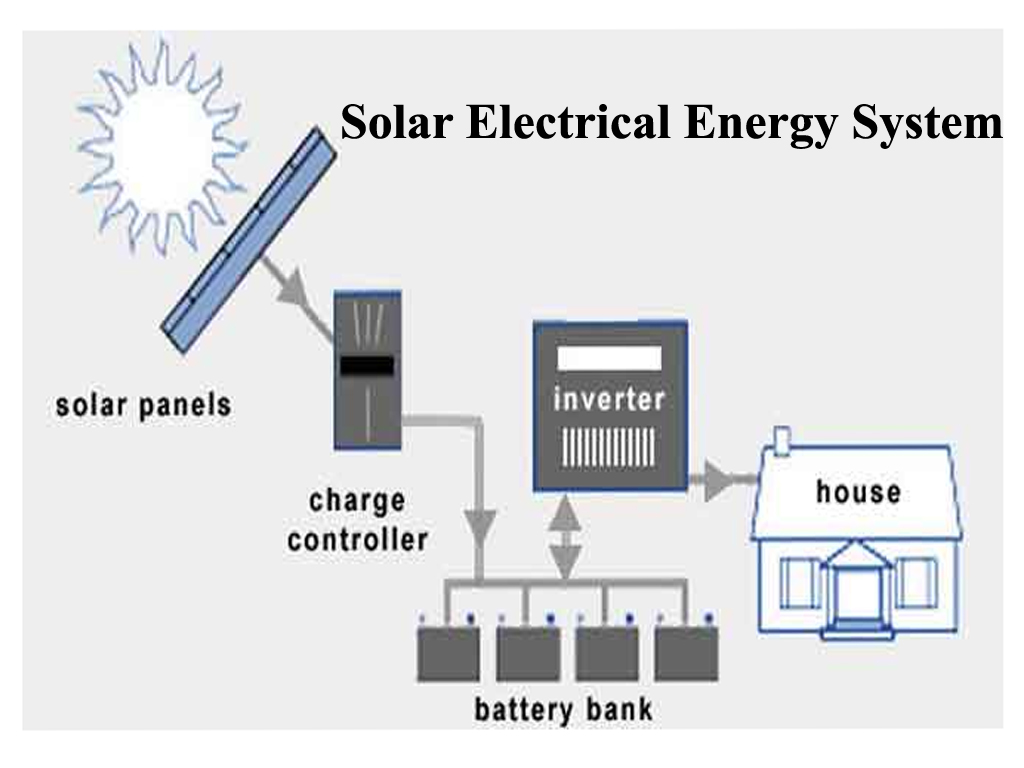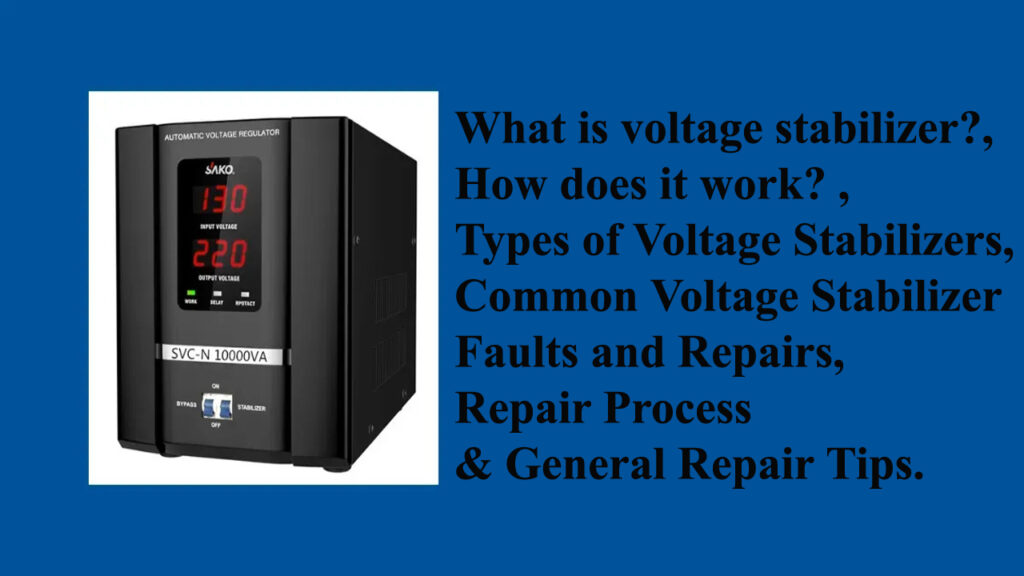What is hybrid solar system?
A hybrid solar system is a type of solar power setup that combines solar panels with battery storage and a connection to the utility grid. This setup allows you to generate your own electricity from solar panels, store excess energy in batteries for later use, and still have access to grid power when needed.
How A hybrid solar system Works:
- Solar Energy Generation: Solar panels capture sunlight and convert it into direct current (DC) electricity.
- Hybrid Inverter: The DC electricity flows to a hybrid inverter. This intelligent device performs several important functions:
- Converts DC to AC: It converts the DC electricity from the solar panels into alternating current (AC) electricity, which is the standard form of electricity used 1 by most household appliances.
- Synchronizes with the Grid: It can also synchronize with the utility grid to feed excess AC electricity back to the grid (if net metering is available) or draw power from the grid when solar and battery power are insufficient.
- Manages Power Flow: It intelligently manages the flow of electricity between the solar panels, batteries, your home’s electrical loads, and the grid, optimizing energy use and efficiency.
- Charge Controller:
- Manages Battery Charging: It regulates the flow of DC electricity to charge the battery bank with excess solar energy. Regulates battery charging and prevents overcharging.
4. Battery Storage: Excess solar energy, not immediately used by your appliances, is used to charge the battery bank through the hybrid inverter. This stored energy can then be used:
- During the night or on cloudy days: When solar panels are not generating enough power.
- During power outages: Providing backup power to essential loads.
- For self-consumption: Reducing reliance on grid power and potentially lowering electricity bills.
5. Grid Connection: The system remains connected to the utility grid. This allows you to:
- Draw power from the grid: When solar and battery power are depleted or insufficient to meet demand.
- Feed excess power back to the grid: If your utility company offers net metering, you can receive credits on your bill for the excess solar energy you send back.
- Monitoring System – Tracks energy production, usage, and battery status.
Components of a Hybrid Solar System:
- Solar Panels (PV Array): Convert sunlight into DC electricity.
- Hybrid Inverter: The central component that manages the flow of energy between solar panels, batteries, the grid, and your home. It combines the functions of a solar inverter, battery charger, and grid-tie inverter.
- Battery Bank: Stores excess DC electricity for later use. Common types include lithium-ion and lead-acid batteries.
- Charge Controller (Integrated into the Hybrid Inverter): Regulates the voltage and current going to the batteries to prevent overcharging and extend their lifespan.
- Mounting and Wiring: Securely mounts the solar panels and connects all the components.
- AC/DC Distribution Boards (ACDB/DCDB): Provide safety features like circuit breakers and surge protection.
- Energy Meter/Bidirectional Meter: Measures the electricity flow to and from the grid (essential for net metering).
- Optional: Backup Generator: Can be integrated as a secondary backup power source for extended periods without sun.
✅ Advantages of hybrid solar system:
- Energy Independence – Use stored energy during blackouts or grid failures.
- Lower Bills – Reduce reliance on the grid; some systems allow selling back power.
- Efficient Energy Use – Use your solar energy day and night.
- Environmentally Friendly – Reduce carbon footprint by using clean energy.
- Flexible – Can be customized for off-grid use or enhanced with more batteries later.
❌ Disadvantages of hybrid solar system:
- Higher Initial Cost: More expensive than grid-tied systems due to the inclusion of batteries and a more complex hybrid inverter.
- Battery Maintenance and Replacement: Batteries have a limited lifespan and will eventually need to be replaced, adding to the overall cost.
- Complexity: More complex to design and install compared to simpler on-grid or off-grid systems, requiring specialized knowledge.
- Space Requirements: Batteries can take up significant space.
- Efficiency Losses: There are some energy losses during the charging and discharging of batteries.
- Potential for Over-Sizing/Under-Sizing: Correctly sizing the system components (solar panels, batteries, inverter) is crucial for optimal performance and can be challenging.
- Regulatory and Utility Policies: Net metering policies and regulations regarding grid-tied battery storage can vary by location.

